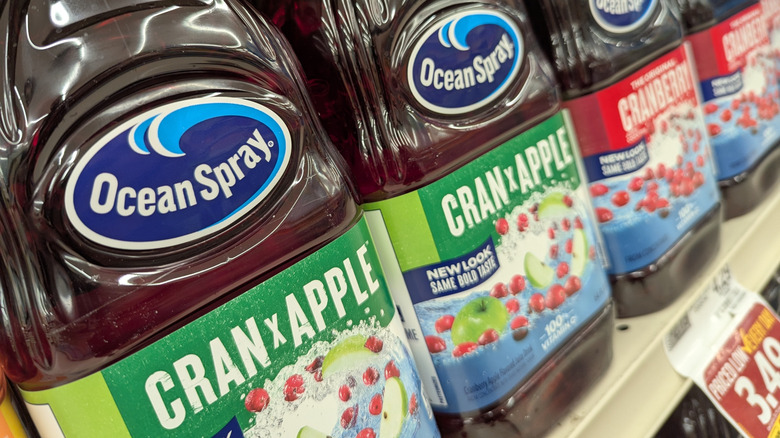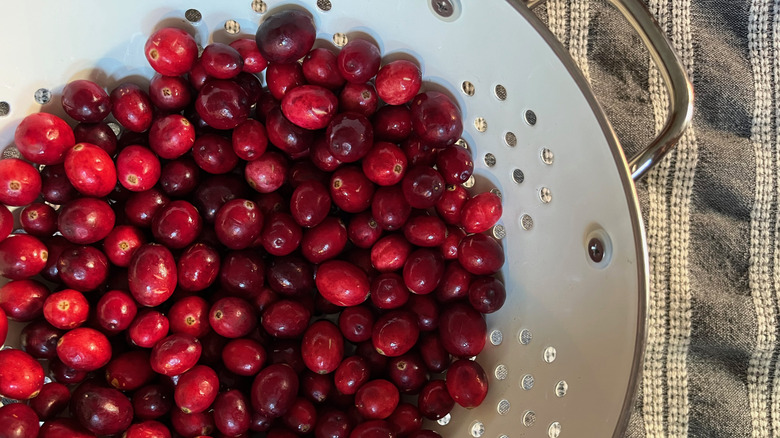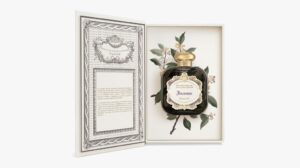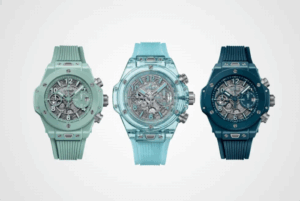
Ababsolutum/Getty Images
If you have diabetes, it is still possible to enjoy most foods, provided you keep an eye on your carbohydrate intake and portion sizes. However, experts suggest that you may want to stick with whole fruit rather than fruit juices. Fruit juices can be high in sugar. Also, they do not contain any significant amount of fiber (especially compared to whole fruits), which means that their sugar content is rapidly absorbed into your bloodstream and can spike your blood sugar.
Given the fact that cranberry juice tends to be tart, you might think it would be a good alternative. (Read about the unexpected effect on your poop if you’re drinking cranberry juice every day.) But it’s worth noting that an 8-ounce glass of cranberry juice contains slightly over 26 grams of carbohydrates, with more than 23 grams of that being sugar. Additionally, it has only 0.2 grams of fiber.
With that said, if you’re careful, cranberry juice doesn’t have to be completely avoided. The key lies in drinking no more than a half-cup serving of unsweetened cranberry juice or one that is only sweetened with an artificial sweetener like sucralose.
Avoid cranberry juice cocktails

PJ McDonnell/Shutterstock
While moderate consumption of unsweetened cranberry juice likely won’t cause you a problem, it’s important to note that there are other types of cranberry juice products that you should avoid.
While cranberry juice cocktails do contain cranberry juice, it generally only makes up about 27% to 31% of the beverage, according to a 2003 article in Diabetes Care. This means you won’t get nearly as much of the beneficial nutrients found in cranberry juice. Aside from that, cranberry juice cocktails may contain other ingredients you don’t want, such as colors, flavors, and added cane sugar or high fructose corn syrup.
Like their 100%-juice counterparts, cranberry juice cocktails tend to be high in sugar. For example, there are 28 grams of carbohydrates and 25 grams of sugar in Ocean Spray’s Original Cranberry Juice Cocktail. This makes it 2 grams higher in sugar than unsweetened 100% cranberry juice — mostly from added sugar rather than natural fruit sugar.
Cranberries themselves could be good for diabetes

Cyndi Monaghan/Getty Images
While the excess sugar and lack of fiber in cranberry juice might be problematic if you don’t keep tabs on how much you’re having, cranberries themselves might be beneficial to people with type 2 diabetes. A 2022 systematic review and meta-analysis published in Nutrition, Metabolism and Cardiovascular Diseases found that both cranberry and blueberry significantly improved several markers of type 2 diabetes, including fasting blood glucose and glycated hemoglobin. The proposed mechanism was the polyphenols – especially anthocyanins – that these berries contain. Anthocyanins are the compounds responsible for giving plants their bright red, blue, and purple coloration.
A 2024 systematic review and meta-analysis in Nutrients also found that cranberries might modestly improve insulin sensitivity and reduce cardiovascular risk by improving the TC/HDL-C ratio, especially in dried supplement form. However, in this study, it didn’t appear to impact fasting blood glucose or glycated hemoglobin. Additionally, the dose of polyphenols or anthocyanins did not affect the outcomes.
Credit: healthdigest.com










